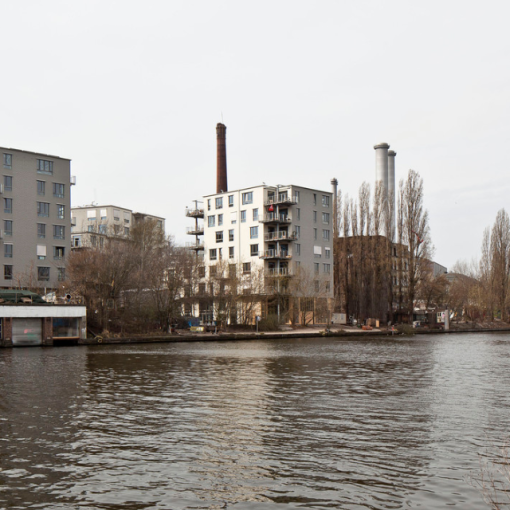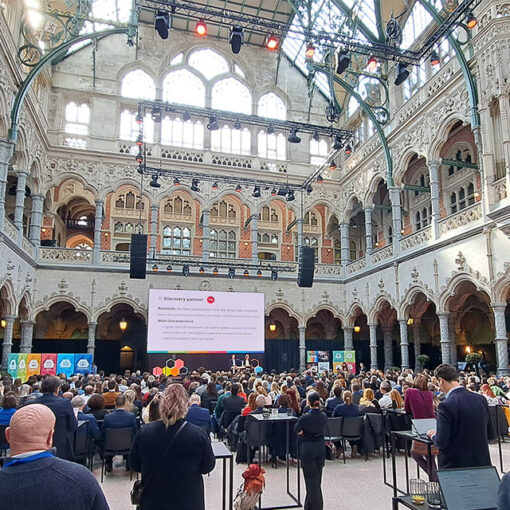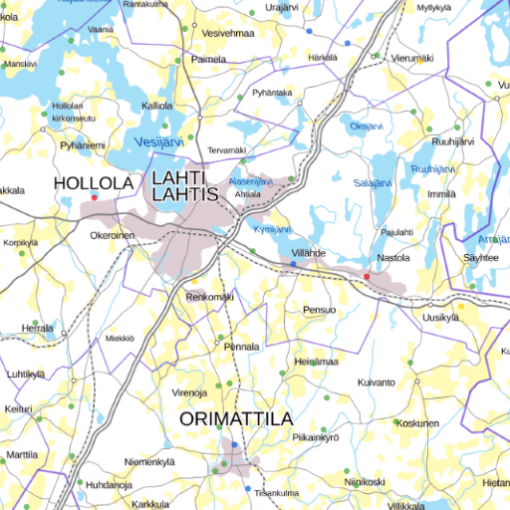Nutrient recovery and developing new recycled fertilizing products are topical issues, and in a center of the new Waste4Soil project (LAB UAS 2023). The project’s kick-off meeting was arranged in Thessaloniki, Greece in the end of June. LAB University of Applied Sciences was participating in the meeting among the 28 partners from 10 European countries. The project is funded by Horizon Europe, and the coordinator is CERTH – Center for Research & Technology Hellas. (LAB UAS 2023)
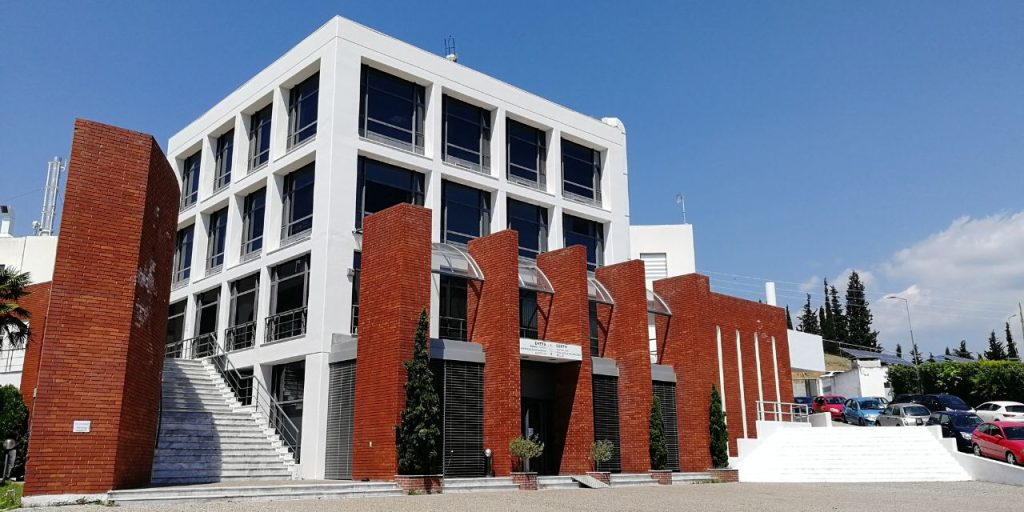
From waste to raw materials
The Waste4Soil project (LAB UAS 2023) is focusing on promoting the valorization of food processing residues (FPR). According to Caldeira et al. (2019, 483), 24% of food waste is generated during the processing and manufacturing stage. Commonly, these residues appear in large, concentrated and homogeneous quantities, and contain high amounts of carbon and important nutrients, such as phosphorus and nitrogen. Hence, FPR are interesting option for raw materials in manufacturing bio-based fertilizers and soil improvers.
The most common methods for converting FPR into fertilizing products are composting and anaerobic digestion (AD), but there are also other promising options, such as dehydration, biochar production, chemical hydrolysis and combination of those (O’Connor et al. 2021, 6). However, in many EU countries a significant part of food waste is disposed of in landfills or incinerated.
In the Waste4Soil project, the best existing practices for valorization of the residues are assessed based on previous studies and initiatives. The residue streams are mapped and categorized to define which ones are best suitable for valorization and to which purpose. Furthermore, logistics, legislation as well as techno-economic feasibility and environmental impacts of the valorization pathways are considered. (LAB UAS 2023)

Development in local context
During the project, Living-Labs (LL) are set up in 7 locations to study the FPR streams that are typical in those regions. The LL in Päijät-Häme region is situated within local Grain Cluster cooperation network. Anaerobic digestion and pyrolysis are chosen for technological solutions in treatment of by-products of malt industry, oat mills and brewery, in addition to fish waste. Previously, nutrient rich mash has been tested as a substrate in cultivation of mushrooms (Johansson & Holtslag 2021), whereas the potential of utilizing fish waste in energy and fertilizer production has been recognized, e.g., in Norwegian salmon farms (Ranerfors 2023).
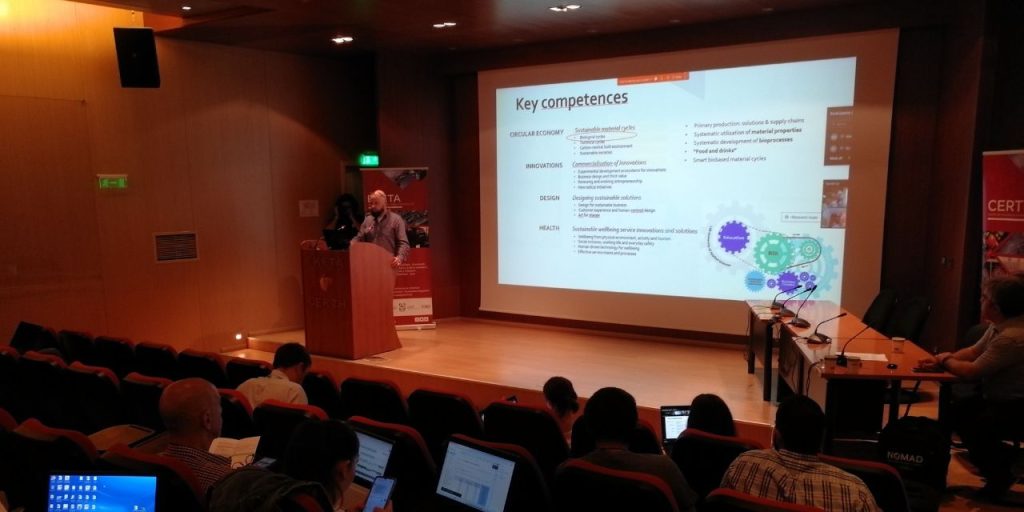
The kick-off meeting was successful, and the partners were clearly excited to get the project started. The increased utilization of FPR holds indeed a great potential for enhancing food security and global warming mitigation in addition to new business opportunities. Furthermore, international cooperation in research and development projects aiming to enhance competence in food sector and circular economy is highly important for the implementation of Smart Specialisation Strategy and strengthening the Food and beverage spearhead in Päijät-Häme region (The Regional Council of Päijät-Häme 2022, 10).
Author
Mari Eronen is working as a specialist in Waste4Soil – Improving food systems sustainability and soil health with food processing residues project, and as a junior researcher in LAB University of Applied Sciences.
References
Caldeira, C., De Laurentiis, V., Corrado, S., van Holsteijn, F., Sala, S. 2019. Quantification of food waste per product group along the food supply chain in the European Union: a Mass Flows Analysis. Resources, Conservation & Recycling. Vol. 149, 479-488. Cited 6 Sep 2023. Available at https://doi.org/10.1016/j.resconrec.2019.06.011
Johansson, M. & Holtslag, C. 2021. Kiertotaloudessa jäte onkin raaka-aine. Espoo.fi. Cited 6 Sep 2023. Available at: https://www.espoo.fi/fi/uutiset/2021/06/kiertotaloudessa-jate-onkin-raaka-aine
LAB UAS. 2023. Waste4Soil – Improving food systems sustainability and soil health with food processing residues. Project. Cited 6 Sep 2023. Available at https://lab.fi/en/project/improving-food-systems-sustainability-and-soil-health-food-processing-residues
O’Connor, J., Hoang, S.A., Bradney, L., Dutta, S., Xiong, X., Tsang, D.C.W., Ramadass, K., Vinu, A., Kirkham, M.B., Bolan, N.S. 2021. A review on the valorisation of food waste as a nutrient source and soil amendment. Environmental Pollution, Vol. 272, 115985. Cited 6 Sep 2023. Available at https://doi.org/10.1016/j.envpol.2020.115985
Ranerfors, J. 2023. Norwegian fish poo can power 600,000 households and supply entire countries with phosphorus. Ragn-Sells Norway. Press release. Ragnsells Cited 6 Sep 2023. Available at https://newsroom.ragnsells.com/posts/pressreleases/norwegian-fish-poo-can-power-600000-household?link_id=64cc957d-5ee6-4450-b3d1-2ae70126456f
The Regional Council of Päijät-Häme. 2022. Smart Specialisation Strategy in Päijät-Häme Region. Cited 6 Sep 2023. Available at https://paijat-hame.fi/wp-content/uploads/2022/01/040122_SMART_SPECIALISATION_STRATEGY.pdf[A1]

